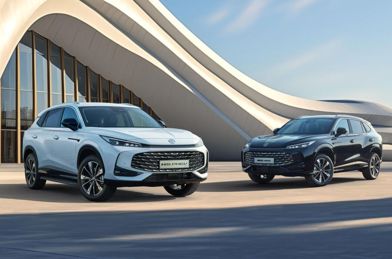Ford has announced it will have an electric Ranger ute for the New Zealand and Australian markets in production late next year, with a likely early-2025 on-sale date.
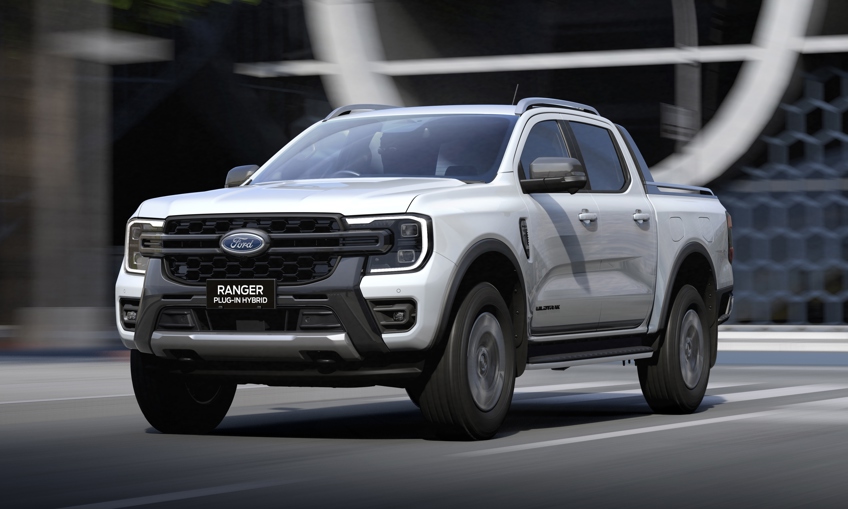
An electric Ranger is not a surprise; Ford stated the current platform was ready for electrification from the start. But what was not certain was whether it would be offered in this part of the world from launch, with pressing demand from Europe for Ranger to meet Green Zone legislation, which requires zero-emissions running in certain city regions.
The eco-friendly Ranger will use plug-in hybrid electric vehicle (PHEV) technology, meaning it will employ both a combustion engine and plug-in battery pack, providing short-range EV driving and a petrol-electric hybrid mode for longer trips.
The company is not revealing a lot of technical detail, but has confirmed the Ranger PHEV will use a 2.3-litre EcoBoost turbo-petrol four (already offered in the US as a Ranger engine option), with a 45km WLTP range “target” for the plug-in battery pack and electric motor.
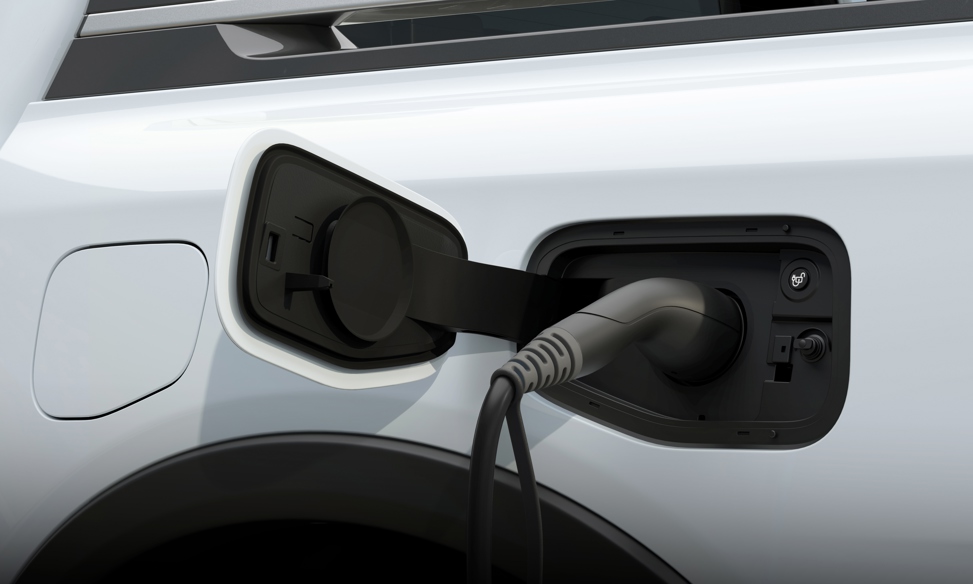
It's AC only; the images clearly show a single AC port rather than the combined DC plug, meaning you will be able to charge the Ranger at home and/or with a wallbox-type quick-charger, but not on public DC fast-charge stations.
Why not full electric?
Ford says PHEV tech was the only choice to fulfil its “next to no compromise” brief for an electric Ranger. It wanted full 3.5-tonne towing and payload capacity, the ability to drive in remote off-road areas without dependence on charging infrastructure and to address European Green Zone legislation.
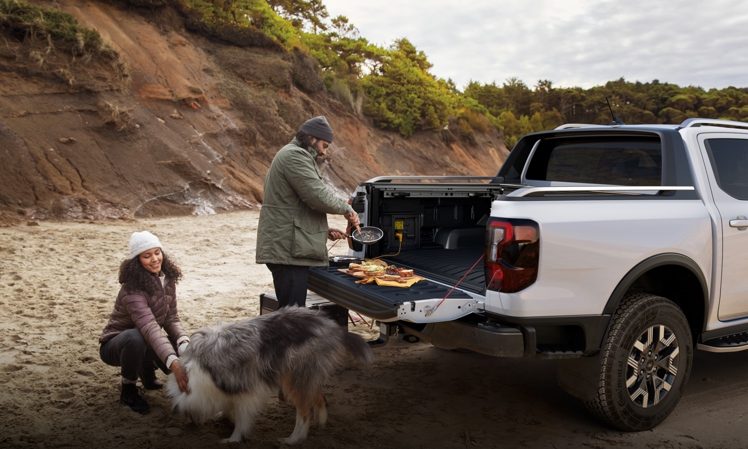
Mild hybrid, full hybrid and battery electric vehicle (BEV) technology were deemed to fall fatally short in at least one of those areas. But Ford says PHEV ticks all the boxes.
While 45km is a modest electric range by modern PHEV standards, Ford says data from its connected-car services from current Rangers shows that half of owners travel less than 40km per day and over 80 per cent undertake three or more short trips per day; in those use-cases, the Ranger could serve as an EV for much of its daily life.
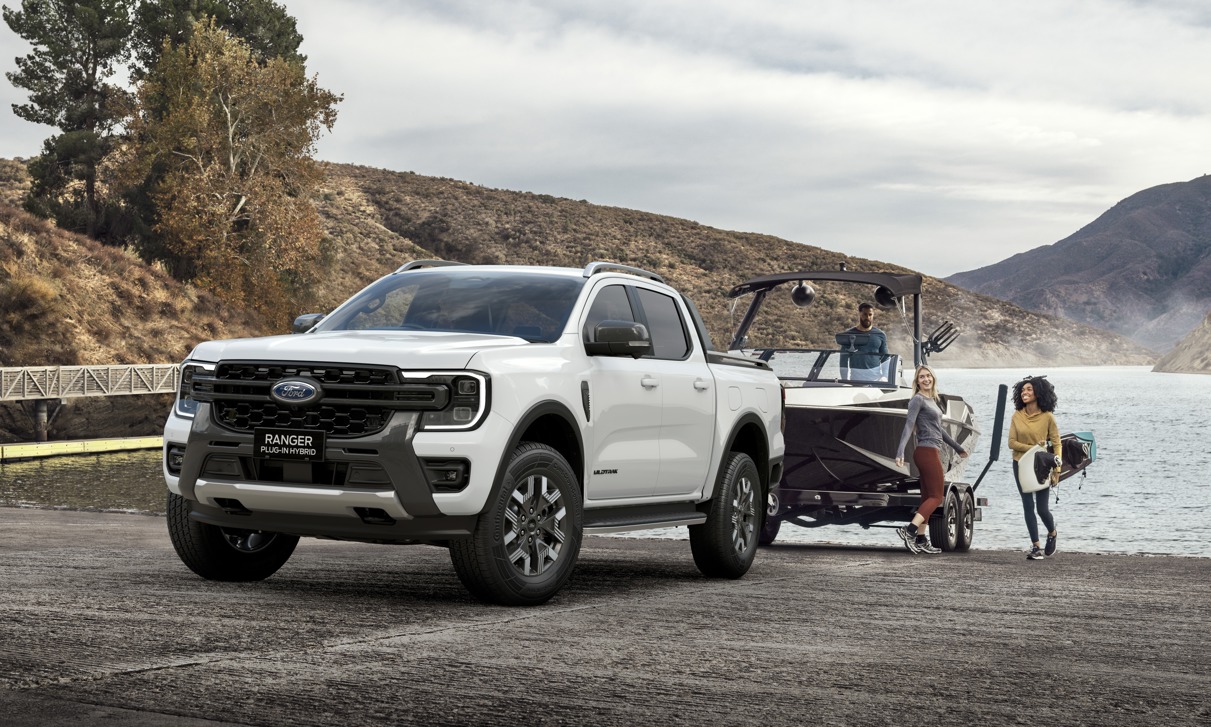
The EcoBoost engine is already more powerful than either of Ranger’s current diesels (around 200kW in overseas markets), but Ford also promises the hybrid powertrain will have more torque than any current Ranger. That means in excess of 600Nm (the peak output for the current 3.0-litre turbo-diesel V6).
Parallel hybrid system
The electric motor is integrated into the transmission, meaning the Ranger PHEV is 4WD even in full EV mode. A variety of drive settings will be offered to allow drivers to control and use the electric power in different ways.
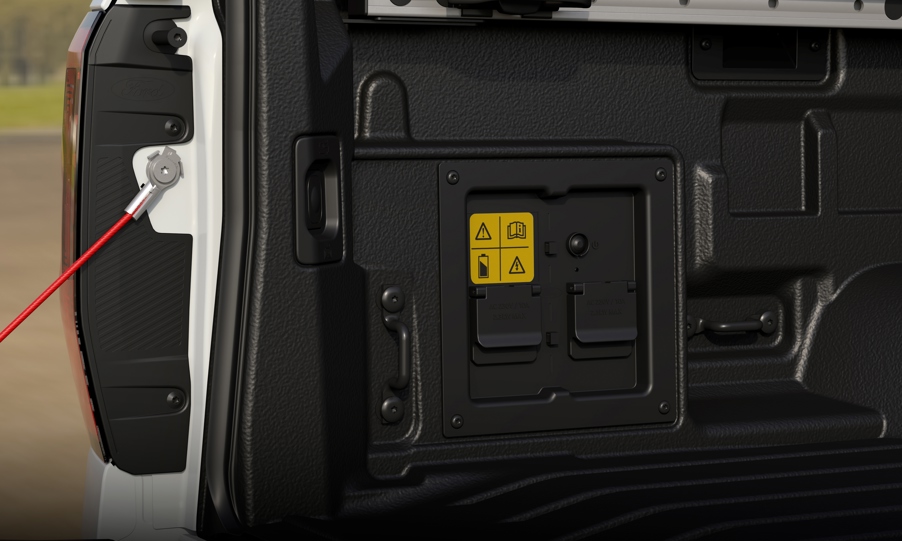
Pro Power Onboard
One of those will be via the Pro Power Onboard system, which allows the Ranger to take the place of a generator on work sites and for remote weekend activities.
Power outlets will feature inside the cabin and around the tray, allowing owners to use and charge tools with power from the plug-in battery pack.
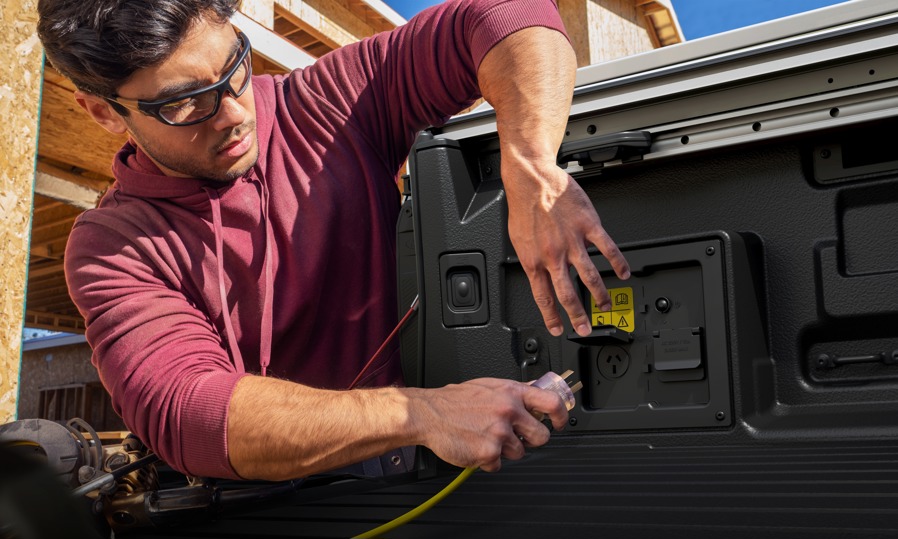
If the power runs low, the electric system can be recharged using the petrol engine – in a similar way that work sites might use a portable petrol generator.
Pricing and specification are yet to be announced - Ford will not even confirm where the new model will be built - but it’s likely the PHEV will have broad application across the lineup, from work/rural utes to the high-end Wildtrak models favoured by urban buyers.

At this stage, the Ranger PHEV looks like a unique proposition for NZ. Toyota has announced a mild-hybrid Hilux with stop-start for next year, which also retains full 3.5t towing and 4x4 capability, but will likely only offer small fuel economy savings (yet to be announced, but 10 per cent is a realistic figure). It cannot drive on electric power alone.
LDV has had a pure-electric (BEV) ute on sale for some time, the eT60, but it’s RWD only, with a reduced payload of 750kg and limited to 1.5t towing. The company also acknowledges that towing reduces the 325km WLTP range by about 50 per cent.






















